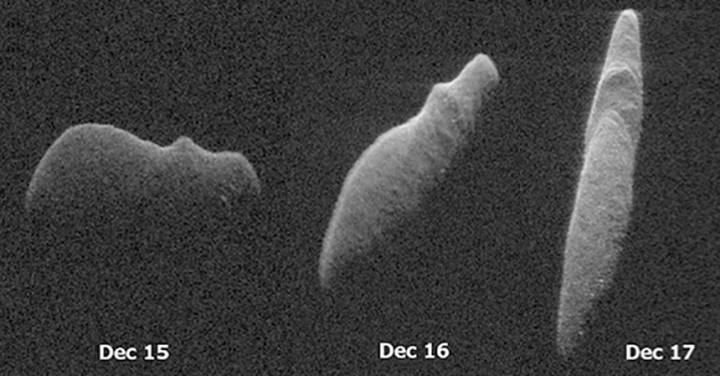China launches first prototype of new low-cost communications constellation
The new colonial movement China today launched the first prototype Hongyun communications satellite.
Developed by the China Aerospace Science and Industry Corporation (CASIC), this is the fist satellite of a vast space-based communications network capable of covering every corner on the Earth, including the Arctic and Antarctica. The satellite mission is to verify low-orbit broadband communication technologies to be used on the Hongyun satellite constellation.
Announced by CASIC in September 2016, the Hongyun project has the goal of building a space-based communications network of 156 communications satellites into low Earth orbit, at an altitude of 160 to 2,000 km. Each satellite of the network will be able to transmit 500 megabytes of data per second. It will become operational in 2022.
These satellites, aimed at lowering cost, appear to be in direct competition with many of the new smallsat constellations being developed in the west by SpaceX, OneWeb, and others.
The leaders in the 2018 launch race:
36 China
20 SpaceX
14 Russia
11 Europe (Arianespace)
8 ULA
China has widened its lead over the U.S. in the national rankings, 36 to 33, and has likely now clinched that lead for the year. Stay tuned for my annual full report on the state of the launch industry in 2018.
The new colonial movement China today launched the first prototype Hongyun communications satellite.
Developed by the China Aerospace Science and Industry Corporation (CASIC), this is the fist satellite of a vast space-based communications network capable of covering every corner on the Earth, including the Arctic and Antarctica. The satellite mission is to verify low-orbit broadband communication technologies to be used on the Hongyun satellite constellation.
Announced by CASIC in September 2016, the Hongyun project has the goal of building a space-based communications network of 156 communications satellites into low Earth orbit, at an altitude of 160 to 2,000 km. Each satellite of the network will be able to transmit 500 megabytes of data per second. It will become operational in 2022.
These satellites, aimed at lowering cost, appear to be in direct competition with many of the new smallsat constellations being developed in the west by SpaceX, OneWeb, and others.
The leaders in the 2018 launch race:
36 China
20 SpaceX
14 Russia
11 Europe (Arianespace)
8 ULA
China has widened its lead over the U.S. in the national rankings, 36 to 33, and has likely now clinched that lead for the year. Stay tuned for my annual full report on the state of the launch industry in 2018.

